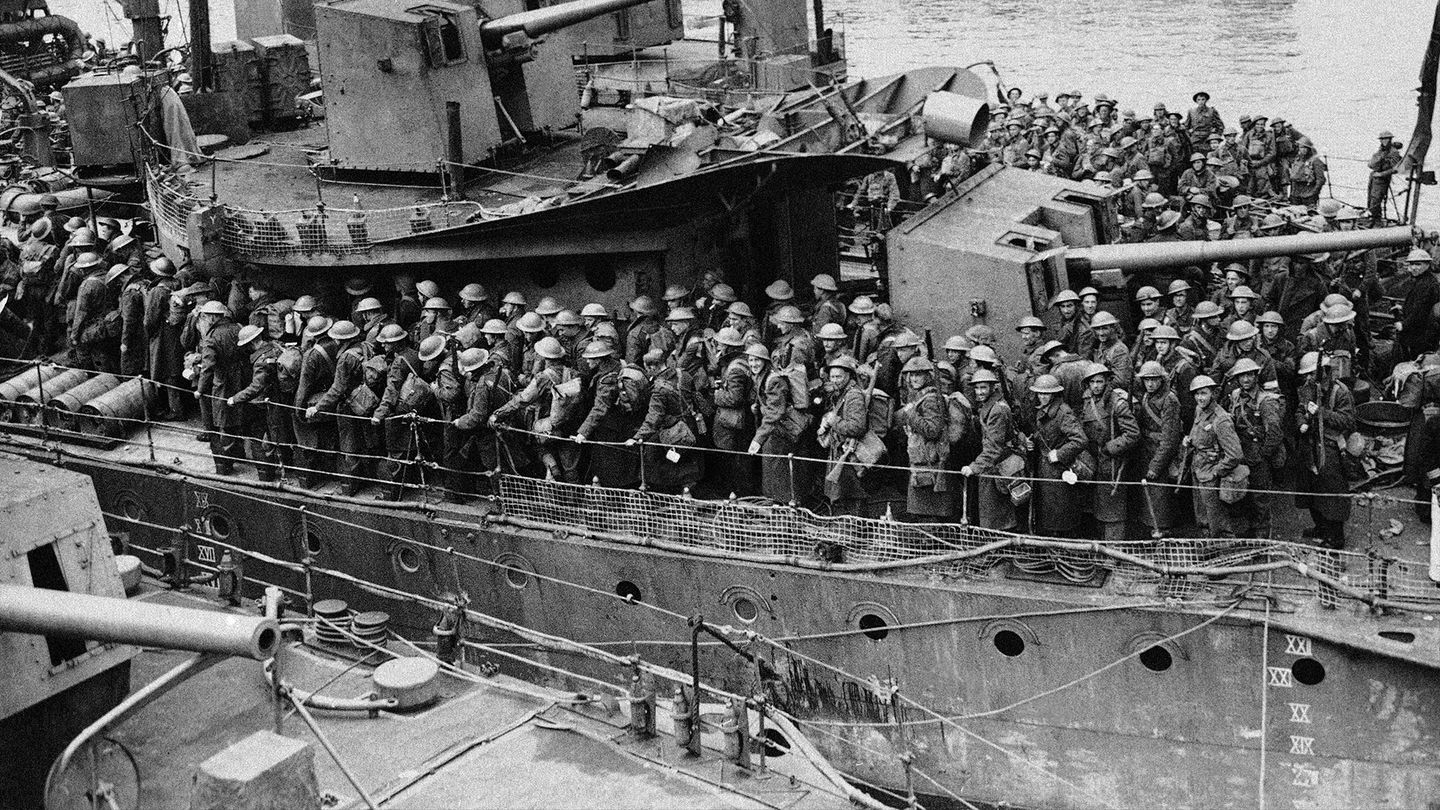Battle of Dunkirk: Dunkirk’s Darkest Hour
The Battle of Dunkirk was a significant military engagement during World War II, involving the evacuation of Allied forces from the beaches and harbor of Dunkirk, France, in 1940.

The Battle of Dunkirk was a significant military engagement during World War II, involving the evacuation of Allied forces from the beaches and harbor of Dunkirk, France, in 1940.

